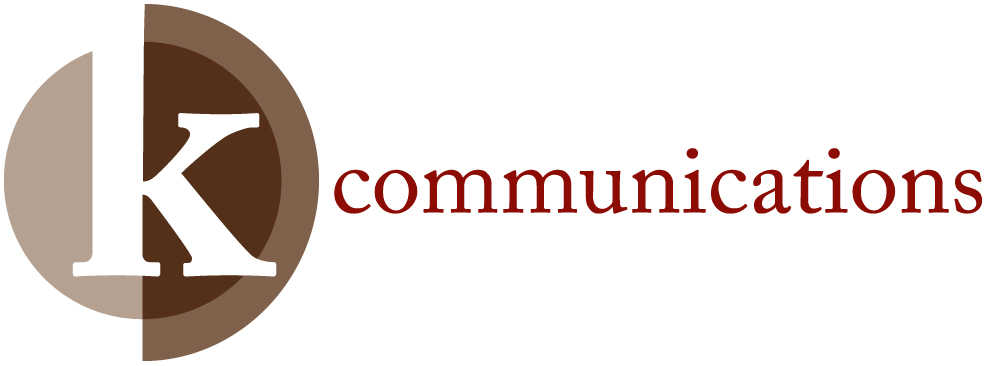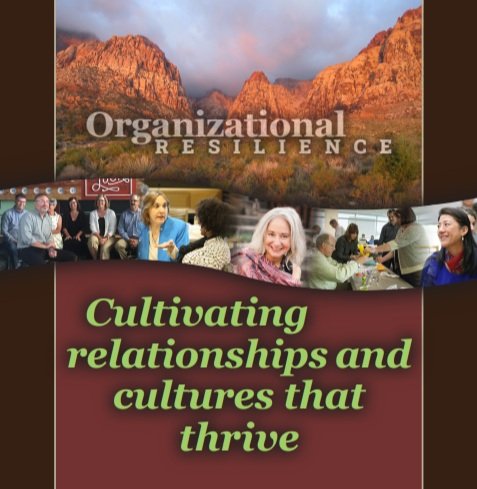New Paths, Old Resistance
/How to keep things right-side up during times of transition.
By Karen Natzel, Business Therapist, K Communications
Let’s face it. Change can be messy. Chaotic. Uncertain. It can also be invigorating and full of possibilities. Change can lead to growth, if we choose to lean into – rather than resist - it. If we can learn to be fluid, open, and curious to the change we are facing, we can move through the discomfort and into its potential benefits.
Big organizational change typically falls into three buckets: shift in strategy or priorities, change of people / positions, and a redesign of how work gets done. Any one of these can be overwhelming, but often organizations experience change in each of these categories simultaneously. Whatever the change, implementing a few best practices can make it less arduous and more impactful.
Shift in Strategy/Priorities
If external or internal forces require your organization to move in a new direction or to reprioritize your resources, learning how to tell the story of what and why is essential. When you can clearly paint a picture of the reason these changes are in motion, you shorten the adoption of the change and soften the disappointment if a beloved project is being shelved.
When you can explain the changes in context of your team members’ roles and motivators, you make it relevant and compelling, giving them a reason to give the new ideas or initiatives a try. Without a strong story that captures what is in it for them, it can sound like noise and feel like a burden. To lead your team through this chapter, you will need to understand what they truly care about and help them see how they can contribute to the new direction or focus.
Poor implementation of strategy is often a result of a failure to acknowledge natural resistance to change and a missed opportunity to generate engaged buy-in. When you empathize with the struggle and create space for them to shape the outcomes, you’ll generally find you can get better traction.
Share your vision. Give people something to which they can say an enthusiastic, “Yes!”.
Change of People/Positions
You may have heard the adage, “Right person in the right role”. The wisdom behind this is about leveraging strengths, passions, experience, and ambitions. To set someone up for success in a new role, co-create goals for the first 90-days, 6-months, and year. When those goals are aligned with the organization’s purpose and are in service to a meaningful contribution, you have a winning formula.
New roles, shifts in responsibilities, new colleague relationships, and new authority all mark the experience of a leader’s journey. As one new leader recently confessed, “It’s surprisingly lonely in this role.” It can be daunting to step into a new position. One of the most common laments I hear during times of change is a lack of clarity around roles and responsibilities. This can be befuddling to senior leaders who feel like they have laid out the role and want the new leader to step up and own it.
Accepting a lack of clarity as a natural condition of leading can foster a healthy bias for action. Rather than waiting for clarity to strike, great leaders take what they see as the next best possible action. Grant yourself – and your team – the permission needed to evolve.
Operational Redesign
At some point, how you’ve always done things will not serve how you need to do things now. By right-sizing your operations with the appropriate workflows and processes, you create a necessary framework for people to understand how work gets done. A process with clear handoffs helps illustrate what people need to do in their respective roles to deliver great work – and it shows the interdependence of cross-functional teams. Effective processes are not patchworked together but also not over-engineered.
Communicate. Communicate. Communicate.
There’s a reason my mantra is “Have the conversation”. Transition breeds confusion. People feel uprooted. Trust can be in jeopardy. A commitment to communicating – keeping people informed and in the loop, engaging in brainstorming sessions, and checking for understanding brings people together.
Leaders, having been privy to the change for a much longer period, often forget to recalibrate to where their people are. Slowing down to roll out the change with some intentionality can help people feel valued and respected. After all, implementation is in the hands of the people!
Leading change isn’t just about presenting a new direction, opportunity, or operational restructuring. It’s about listening to what isn’t working and finding ways to remove the obstacles. It’s about articulating clear expectations and offering supportive guidance. People need feedback – and this is especially true in the face of uncertainty and in the space of new habit formation. By giving specific, real-time positive and constructive feedback, you are reinforcing your expectations while helping them manifest the desired change, one attitude and one behavior at a time.
As you step into the role of change agent, consider:
What problem(s) are you trying to solve with the proposed change?
What are the priorities? Too many or a lack of clarity will torpedo your efforts.
What are the impacts you are seeking? When you see any proof of progress, acknowledge and celebrate it.
How aligned is your leadership team? Beating the same drum and in plain speak can aid in advancing the cause.
How will you be a resource to your team? Hold space for real conversations.
When we move with change, we may find creativity-infused thinking that ignites a fresh perspective. If we move along with the status quo, insisting things are “fine”, we will stagnate.
Leaders who stay grounded in a compelling and shared purpose, and demonstrate a commitment to creating meaningful value, will be better positioned to navigate the sea of change.
Go ahead, experiment, say yes to evolving your organization to what’s next. You don’t need permission to start making a difference.



